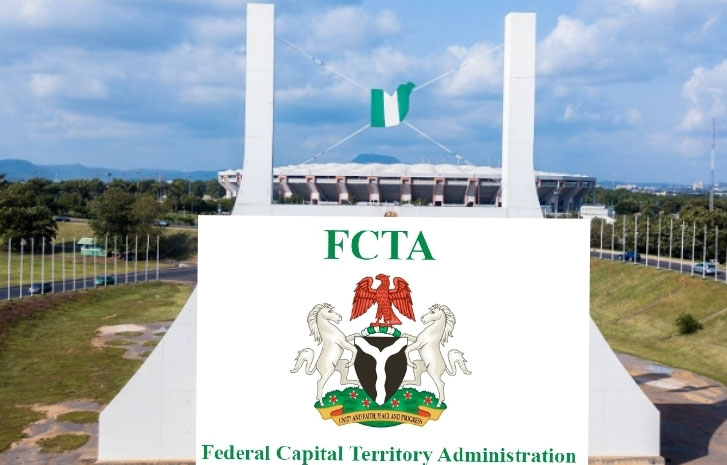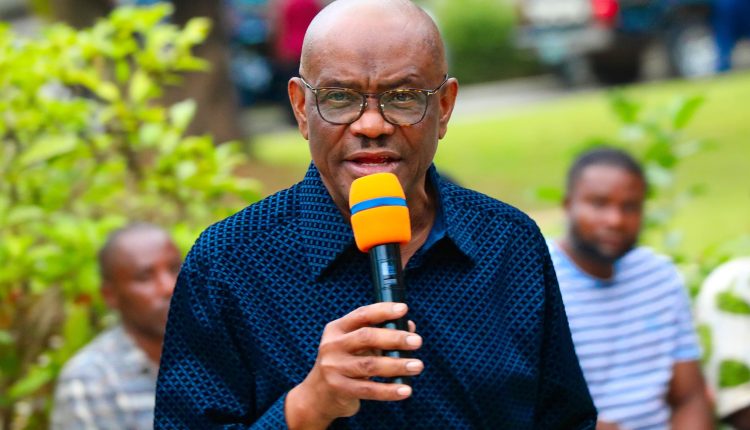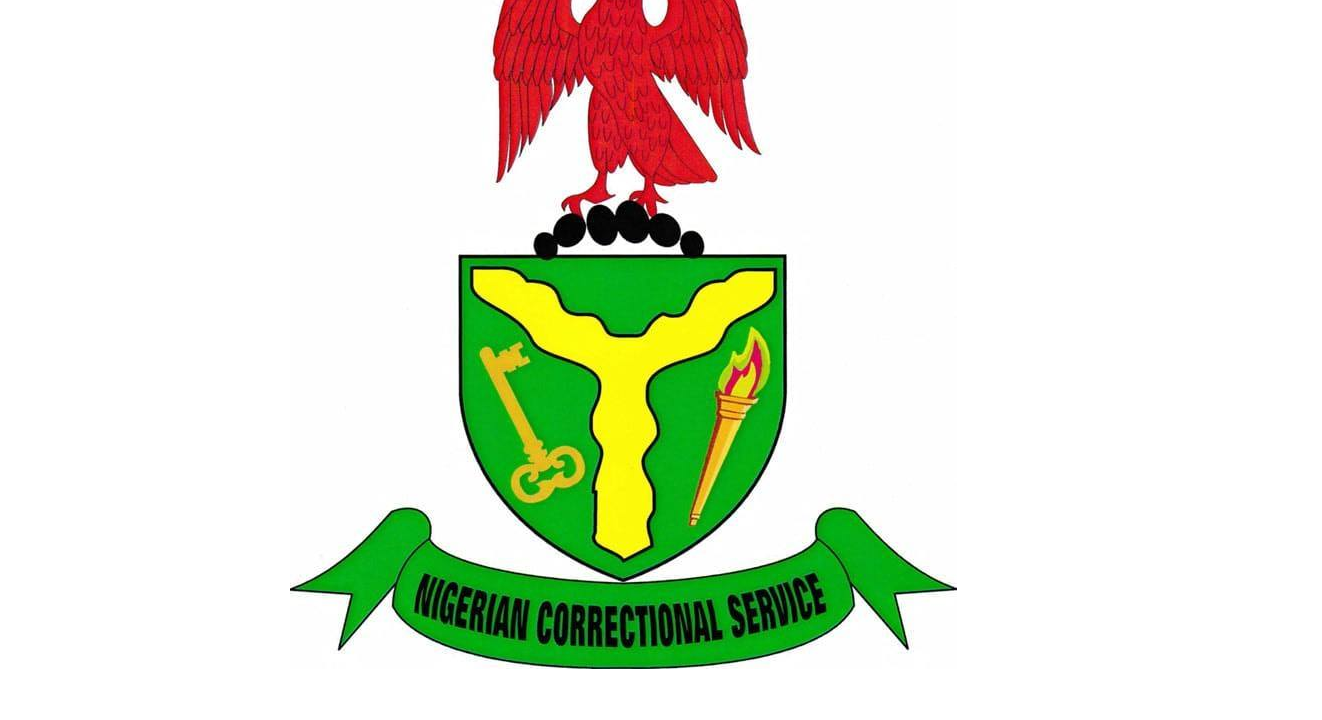'It was a terrible idea': Air traffic controllers say recent issues at Newark are rooted in a plan from Trump's first term

CNN —
It’s been a brutal month for Newark Liberty International Airport, as telecommunications and radar outages have plagued one of the nation’s busiest airports, triggering delays and cancellations for thousands of passengers.
Air traffic controllers have repeatedly lost contact with commercial flights, including on April 28, when the system completely failed. Radar screens went black for at least 90 seconds and radio communications with pilots were knocked out for about a minute 00 short timeframes that could nonetheless have been disastrous.
Since then, there have been three more outages, including on Monday, when radio commutations failed again despite Transportation Department upgrades meant to prevent such breakdowns.
At the heart of the situation is the fact that air traffic control over Newark was transferred to a facility in Philadelphia last July, leaving controllers more than 100 miles away to rely on data flowing through telecom lines to stay connected to what’s happening in Newark’s airspace.
President Donald Trump and Transportation Secretary Sean Duffy have repeatedly blamed the Biden administration for the outages. Though the move to Philadelphia took place under President Joe Biden, internal FAA documents reviewed by CNN, which have not been previously reported, show the plan was well underway during the first Trump administration, including an engineering plan that was done just one month before the 2020 election.
Duffy has defended the plan but said the Biden administration “bungled this move” by failing to properly harden the telecom lines feeding radar and other flight data from Newark’s airspace to the control facility in Philadelphia. “Without addressing the underlying infrastructure, they added more risk to the system,” Duffy said at a news conference this month.

CNN spoke to nine current and former air traffic controllers familiar with the situation around Newark, all of whom said the real issue wasn’t the execution of the plan, but the plan itself.
“The problem isn’t just aging equipment, the problem is the set up at this facility,” said one former air traffic controller familiar with the region who spoke to CNN on condition of anonymity in order to speak freely. “Commercial telecommunications lines were never built for mission critical data like this, including radar data.”
The meltdowns at Newark are among a series of safety incidents that have hit the country’s air traffic control systems lately. A portion of the Denver Air Route Traffic Control Center – which covers airspace in multiple states – experienced a 90-second loss of communications last week.
But the situation in Newark has been among the most disruptive and politically charged.
Documents obtained by CNN, as well as interviews with multiple air traffic controllers familiar with the situation, provide a detailed look into the origins of the plan to shift air traffic control operations from Newark to Philadelphia, and the opposition it faced from rank-and-file members within the air traffic controllers union.
The Newark airport has been plagued by staffing shortages for decades, leading the FAA to try to get creative over the years.
David Grizzle, who served as chief operating officer and head of the FAA’s Air Traffic Organization during the Obama administration, said staffing the New York facility has been a persistent problem. “They’ve (FAA) tried many things over the last 30 years to try to improve the staffing and none of them had actually worked.”
To combat the air traffic controller staffing problems during his time at the agency, Grizzle said they tried everything from blocking staff from transferring to different locations to offering bonuses. But nothing worked.
Grizzle said the plan to move the air traffic control facility to Philadelphia was an idea that emerged from within the FAA’s Air Traffic Organization, which is the arm of the agency charged with ensuring the national air space is running smoothly and safely. The office includes air traffic controllers, technicians and engineers.
“This was one more possibility that the FAA had not tried before,” said Grizzle of the proposed move. Nothing of this magnitude had even been done before.”
Part of the idea was that the FAA believed moving air traffic controllers to a city with a lower cost of living like Philadelphia would make it easier to hire for the grueling jobs.
One internal FAA document depicts an overview of the project, explaining that the FAA conducted a feasibility study for the plan on February 19, 2020.
A separate document from the National Air Traffic Controllers Association, the union which represents air traffic controllers, shows just six months later, the Trump administration’s FAA informed the union of its intent to relocate controllers to Philadelphia with “an expected completion in Q1 2022.”
In September 2020, the Trump FAA justified its plan, arguing that “despite efforts” the agency was still struggling to hire air traffic controllers and that controller levels are “projected to decline,” according to a separate FAA internal document obtained by CNN.
Less than a month before the 2020 election, on October 5, 2020, the FAA in collaboration with NATCA drew up initial engineering plans for the move to Philadelphia, according to the documents.
Sixteen days after President Joe Biden was inaugurated, on February 5, 2021, a memorandum of understanding between NATCA and the FAA was signed to clear the way to move control of Newark airspace to Philadelphia.
One former FAA official told CNN that the majority of due diligence would have been completed before, not after, a memorandum of this nature is signed.
“They go through the process and almost brainstorm the bad things that would happen and what can be done to mitigate that,” the former FAA official said. “You don’t sign a memorandum of understanding and then begin studying something.”
Even though the union brass signed onto to the plan, it was never fully embraced by rank-and-file union members, according to multiple current and former air traffic controllers who spoke to CNN.
“It was a terrible idea, people on the ground knew it was bad,” said a recently retired controller who was with the FAA at the time.
In light of all of the system outages that have plagued the Philadelphia facility, a current air traffic controller called the move “negligent,” on the part of the FAA.
Not long after signing the agreement, the FAA was on the hunt for volunteers willing to move to the Philadelphia air traffic control facility. The agency put out its first solicitation for volunteers in February 2021, according to internal NACTA union documents.
The agency continued asking for volunteers into mid-2022. One source says there were about three to four solicitations for volunteersbut there weren’t many takers.
By January 2023, the FAA went from asking for volunteers to mandating certain controllers move. Solicitations were replaced with what one controller describes as “forced letters.”
One of the letters one controller received read, “this memorandum is to inform you that you will be temporary reassigned away from your facility.”
Throughout the process the union remained fractured around the idea. One internal union document obtained by CNN from last year argued the FAA based its decision on “grossly inaccurate data and projections.”
One month before the FAA moved control of Newark’s airspace from New York to Philadelphia, the air traffic controllers’ union raised serious safety concerns about the feasibility of the plan. According to internal union PowerPoint documents dated June 2024, that were reviewed by CNN, the union argued that moving controllers to Philadelphia would only make things worse by increasing “coordination times resulting in delays and jeopardizing safety.”

Despite the pushback from rank-and-file controllers, the plan went live in July 2024.
With air traffic controllers more than 100 miles away in Philadelphia, the FAA set up a remote feed so they could access radar information from the old Long Island facility connected by telecommunications lines.
But it didn’t always work.
After the move, controllers reported experiencing multiple radar failures or telecommunications outages cutting off their ability to see or talk to passenger planes.
Then, on April 28, all communications failed in the Philadelphia facility when a copper wire burned inside one of the telecommunications lines.
A Department of Transportation spokesman defended the plan but criticized the Biden administration’s execution. “The issue the Secretary has raised is not about moving control of the airspace itself – it’s about the botched execution in 2024, including the failure to ensure the technology would work properly and the refusal to take action when outages occurred following the move.”
Despite the political finger pointing, Peter Goelz , CNN aviation analyst and former managing director of the National Transportation Safety Board, notes that the staff within the FAA’s Air Traffic Organization consists almost entirely of career employees, not political appointees. That means many of the people who were devising the plan under the first Trump administration are the very same people who would be executing the plan under Biden.
“Politicizing this only muddies the extent of the problem and the decadeslong challenges the FAA has had with air traffic controller staffing issues and antiquated air traffic control equipment,” said Goelz.











